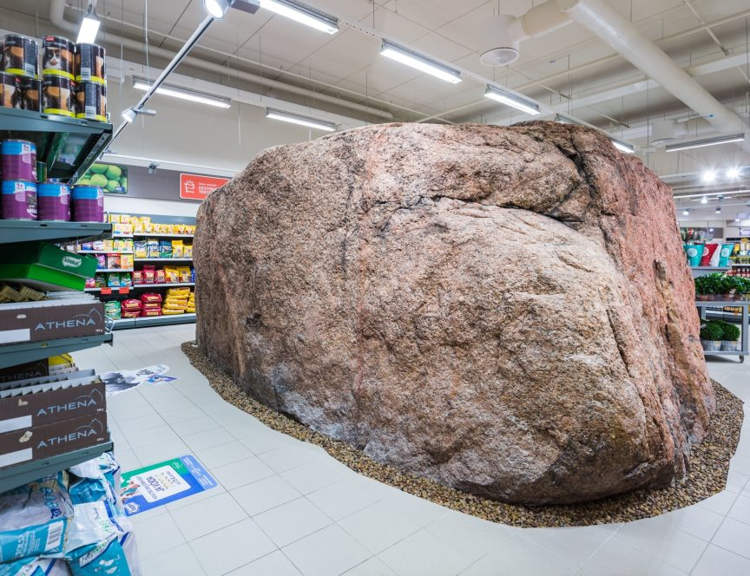Inakadate village, located near Hirosaki city in Japan’s Aomori prefecture, is one of the few places in the world where farming and art go hand-in-hand. The village is renowned for its unique form of landscape art created in paddy fields. These artistic paddies are so popular that they attract over 200,000 tourists a year.
For centuries, farming has been the main source of income for the people of Inakadate. The amount of farmland available to the relatively small population of 8,000 villagers is massive. Paddy fields make up over fifty percent of the entire village land. The soil in these lands is so fertile that the yield from the rice crop has consistently been higher than any other village or town in Japan.
In the early 1990s, archeologists discovered that the rice strains of Inakadate were over 2,000 years old. To celebrate this fact, and to make the village more attractive to visitors, the local tourism office hatched a plan – to make use of their abundant production of rice to attract more tourists. And that’s how their amazing rice paddy artworks were born.
Photo: Captain76
So, in 1993, they began a ‘rice farming tour’, offering visitors the opportunity to experience traditional rice farming – right from planting to harvesting. To promote the tour, the tourism department hired artists to draw huge, colorful characters on to the paddy behind the town hall. Thus began a tradition that has now become the backbone of Inakadate’s tourism industry.
Photo: Livedoor
To create rice paddy art, famers combine a range of colorful rice strains along with the traditional green. These different varieties of rice grow naturally, without the use of artificial colorants. Tsugaru Roman, for instance, is green. Yukiasobi rice is white and Beniasobi rice is red. Other ancient strains of rice are used for purple and yellow. The rice paddy artists initially started with simple patterns, evolving to more complex and elaborate ones over time.
Photo: contri
Today, the artisan-farmers of Inakadate recreate classic art pieces in their fields, such as the Mona Lisa and Hokusai Katsushika’s Ukiyo-e. They also depict pop icons and historical figures like Marilyn Monroe and Napoleon Bonaparte, as well as Japanese warriors, demons and deities.
Photo: Captain76
To make sure these works of art are executed to perfection, they are first designed on a computer. Then, various strains of rice are planted and reaped manually, in order to maintain such complicated designs. All these images need to be viewed from a height to truly be appreciated, so an observation deck at the top of the town hall has been made available exclusively for this purpose.
Photo: Livedoor
The designs are never repeated twice, and seem to get better each year. One of the most elaborate designs ever done was a scene from the folk tale Hagoromo – a fisherman who finds a magical coat of feathers belonging to a celestial dancer. The intricate image was recreated using 10 different strains of rice. This year’s designs also include Mt. Fuji, chosen to commemorate its newly acquired status as a UNESCO World Heritage Site, as well as a few characters from popular anime cartoons.
Paddy art is created in Inakadate every year between June and September. The villagers welcome everyone to be a part of this unique 20-year-old tradition, by joining their yearly rice farming tours. Several other villages have followed in Inakadate’s footsteps, creating and showing off their own brand of rice paddy art. Today, there are over 100 such villages to visit in Japan, but Inakadate remains the home of this unique art form.











